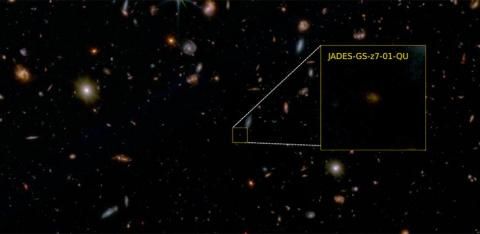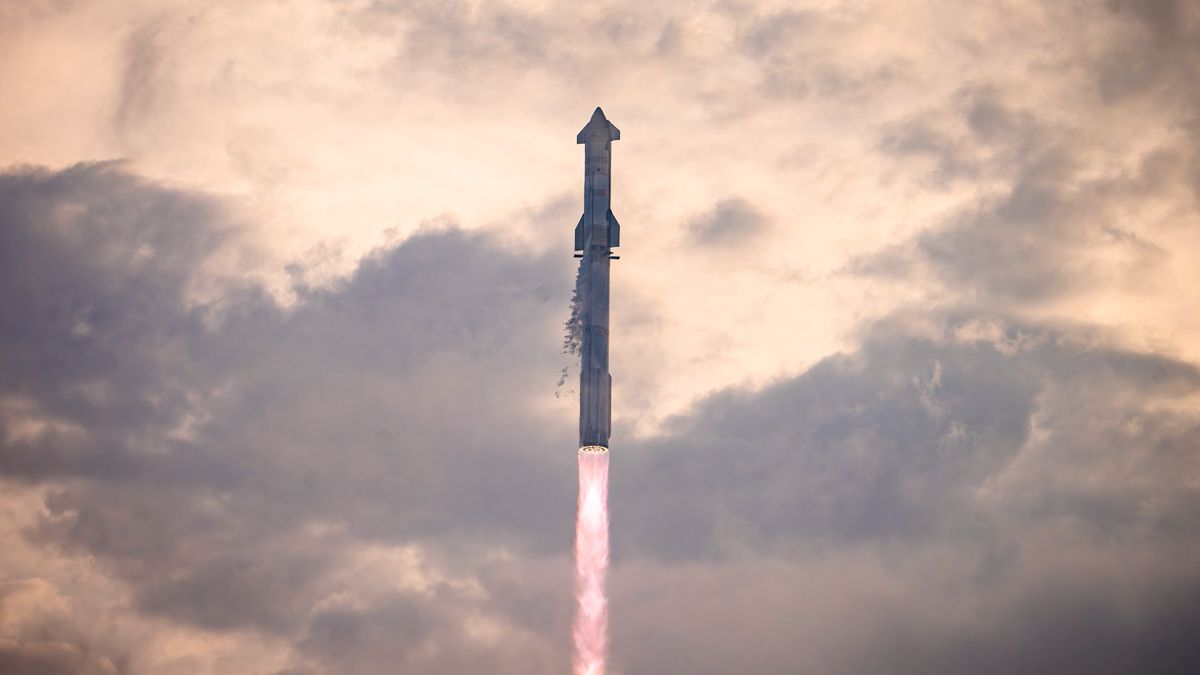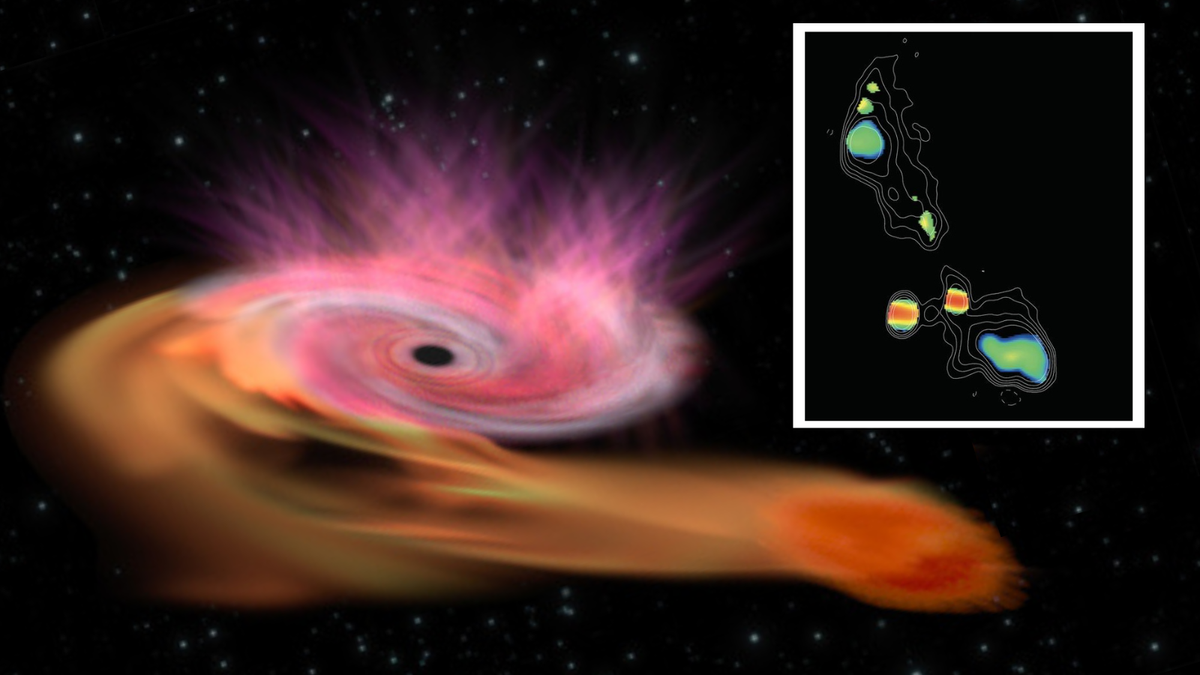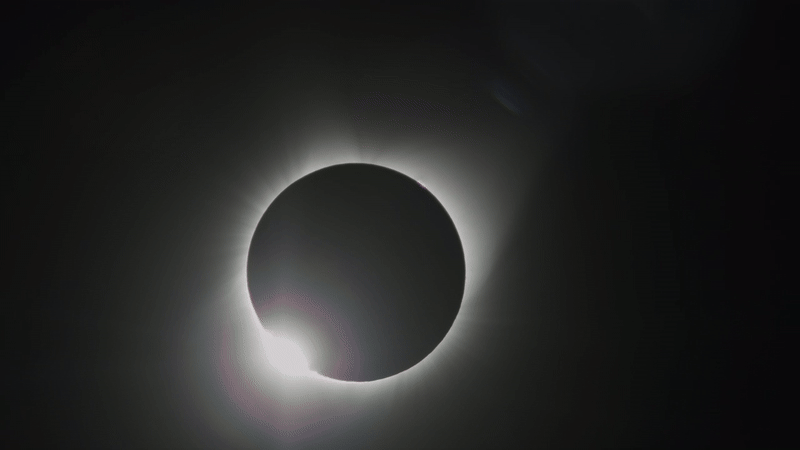Discovery of Oldest “Dead” Galaxy Challenges Early Universe Models
A recent observation from the James Webb Space Telescope (JWST) has revealed the existence of the oldest known “dead” galaxy, which poses a challenge to current models of the early universe. This galaxy, named JADES-GS-z7-01-QU, ceased star formation more than 13 billion years ago, when the universe was a mere 700 million years old. The abrupt halt in star formation in this galaxy has puzzled astronomers, as during that period, the universe was rich in the dust and gas required for star formation.
Lead author Tobias Looser from the University of Cambridge highlighted, “The first few hundred million years of the universe was a very active phase, with lots of gas clouds collapsing to form new stars. Galaxies need a rich supply of gas to form new stars, and the early universe was like an all-you-can-eat buffet.”
Insights from JWST Advanced Deep Survey (JADES)
Data from the JWST Advanced Deep Survey (JADES) indicates that the galaxy experienced a brief burst of star formation lasting between 30 million to 90 million years before abruptly ceasing star formation 10 million to 20 million years before the JWST observation. While dead galaxies have been observed in the early universe before, JADES-GS-z7-01-QU is distinguished as the oldest recorded galaxy of this nature, only 700 million years after the Big Bang that initiated the universe.
This galaxy’s relatively small size compared to previously observed dormant galaxies in the early universe is attributed to the enhanced sensitivity of the JWST. According to co-author Roberto Maiolino, “Until now, to understand the early universe, we’ve used models based on the modern universe. But now that we can see so much further back in time, and observe that the star formation was quenched so rapidly in this galaxy, models based on the modern universe may need to be revisited.”
Implications of Observations
These recent observations of JADES-GS-z7-01-QU represent the deepest insights into the distant universe provided by the JWST. The swift burst of star formation in the galaxy likely depleted its reserves of dust and gas crucial for generating new stars. The rapid transitions observed in the early universe suggest a dynamic and dramatic environment compared to the present.
As astronomers remain uncertain about the specifics of why star formation in this galaxy ceased, or whether the galaxy eventually re-ignited star formation, efforts are underway to identify additional ancient galaxies. These discoveries will aid in constructing a more comprehensive understanding of galactic evolution in the early universe and refining existing models of that era.
Image/Photo credit: source url





